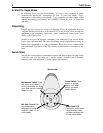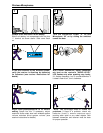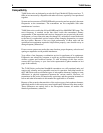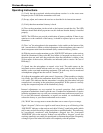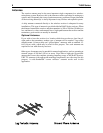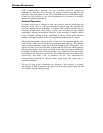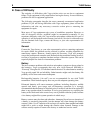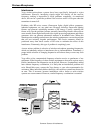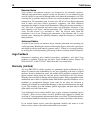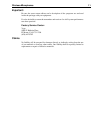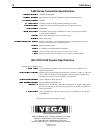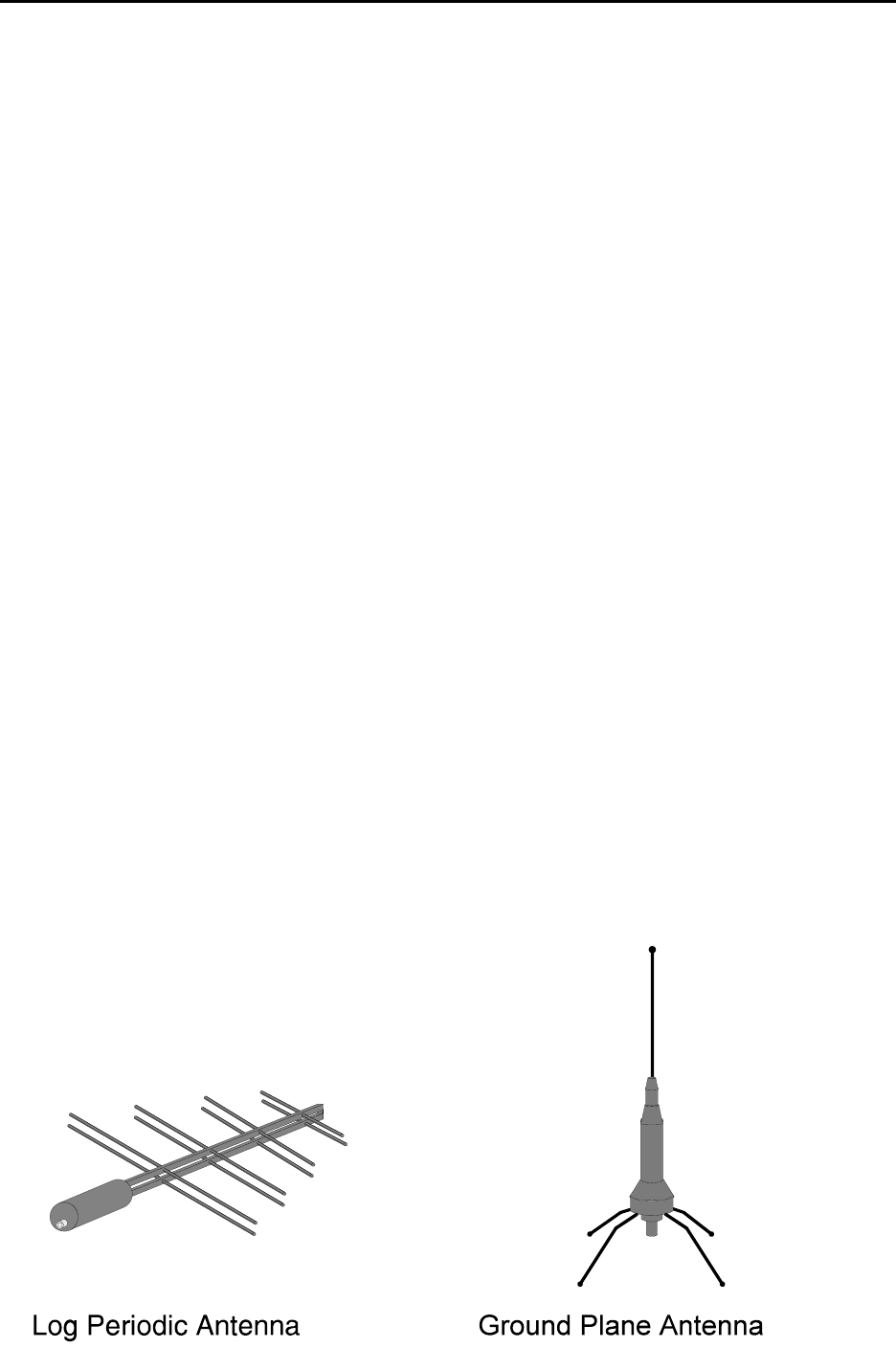
Antennas
The receiver antenna may be the most important single component in a wireless-
microphone system. However, this is the item most often overlooked in setting up a
system, and is frequently the cause of quite unnecessary problems. Proper placement
of the receiving antenna(s) is vitally important in any wireless-microphone system.
A whip antenna connected directly to the wireless receiver is adequate for many
installations. This type of antenna is provided with the R-662 Series receivers. When
the distance between the receiver and the transmitter is 100 to 200 feet (30-60 m) or
less, and there is a clear, unobstructed line-of-sight path between the receiver and the
transmitter, good results can usually be obtained.
Optional Antennas
If you wish to have the receiver in a location which does not have a clear line-of-
sight path to the transmitter, another type of antenna will be needed. Vega offers
magnet-mount 1/4-wave-whip and “ground-plane” antennas with an attached 15-
foot (4.6-m) cable, which may be used for this purpose. Two such antennas are
required for use with diversity receivers.
Other types of antennas may be needed for unusual applications, such as operating at
extreme ranges of 500 feet (150 m) or more. Vega offers a high-gain log-periodic
antenna that covers the complete operating-frequency range of the R-662 receiver.
UHF TV antennas (with appropriate matching transformers) are often used for this
purpose. A wide-bandwidth “corner reflector” antenna works well in this
application.
6 T-680 Series




